Traditional Plant Wisdom of Dharchula: The Sacred Kailash Region, Uttarakhand
Contents: Foreword. Acknowledgement. 1. Introduction. 2. Eco-geographical aspects of the area. 3. People, culture and plant resource utilization. 4. Traditional knowledge on plant resources. 5. Biotechnological implications of the traditional knowledge associated with plant resources. 6. Sustainable utilization and management of traditional plant resources and the knowledge associated with them. 7. Photographs. 8. Glossary of Medical Terms. References.
The Darchula ranges, situated in the North-West Himalayas of Uttarakhand, India, are part of the sacred Kailash region, known for their exceptional diversity of medicinal and economically valuable plants. The indigenous rung community, residing in these remote highlands, has long depended on these plant resources, both for traditional healthcare practices and for sustaining their livelihoods through trade. Over generations, this plant knowledge has been passed down orally, contributing not only to the community’s well-being but also to the local economy.
This book offers the first comprehensive documentation of the Rungs’ traditional plant wisdom. As oral traditions gradually fade, preserving this knowledge becomes critical-not just to safeguard biodiversity but also to provide valuable insights for modern scientific research. It is truly a race against time, for the loss of unwritten knowledge is akin to the destruction of Nalanda University and its vast library-once lost, the wisdom it held is gone forever, leaving us unaware of the invaluable insights we might have preserved.
The book captures the traditional used of 80 plant species, carefully recorded through extensive field surveys and personal interaction with more than 50 individuals from the Rung Community. Sadly, many of these knowledge bearers have since passed away, making this documentation an irreplaceable repository of indigenous wisdom. Each plant entry includes detailed information about its botanical and local names, ecology, habitat, seasonal changes, propagation techniques, chemical constituents and traditional uses, along with conservation status and trade potential. The photographs accompanying each species not only highlight their identifying features but also provide a visual context of their natural habitat and the plant parts used in traditional applications.
In addition to celebrating the Rungs’ heritage, the book emphasizes the importance of conserving these plants and using them sustainably. It also sheds light on potential for discovering new pharmaceutical compounds and drugs from these traditional resources, making the work relevant to modern pharmacology and research.
This book will serve as a vital resource for botanists, pharmacologists, pharmaceutical companies, researchers, policymakers, students, traditional medicine practitioners, chemists specialising in natural products, conservationists and plant enthusiasts. It bridges the gap between ancient wisdom and modern science, providing a foundation for future research while paying tribute to the Rung community’s profound connection with nature.
Get it now and save 10%
BECOME A MEMBER

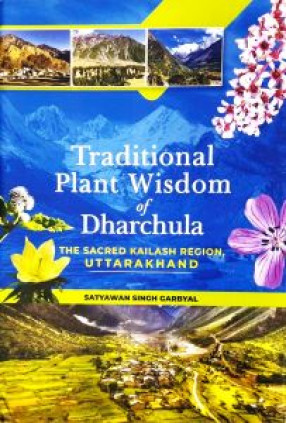
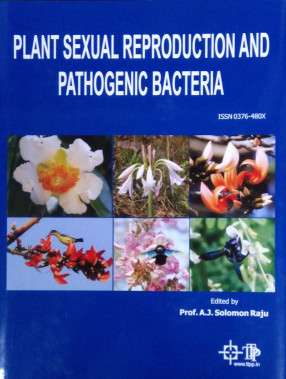
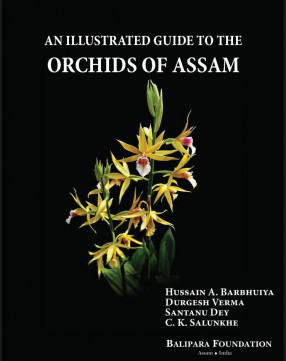
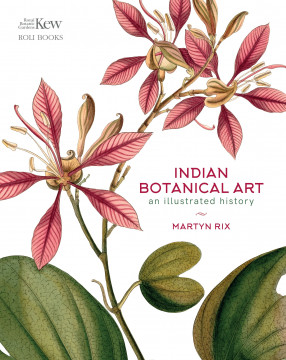
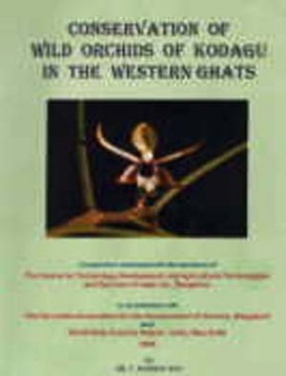

Bibliographic information